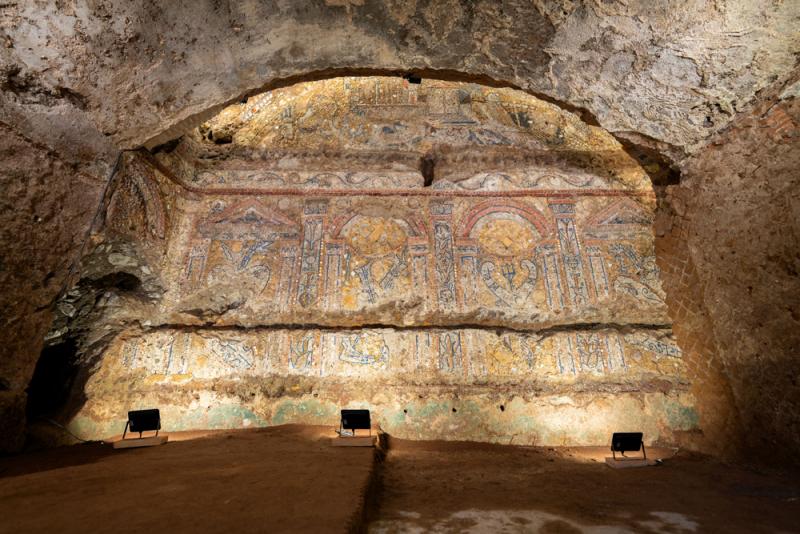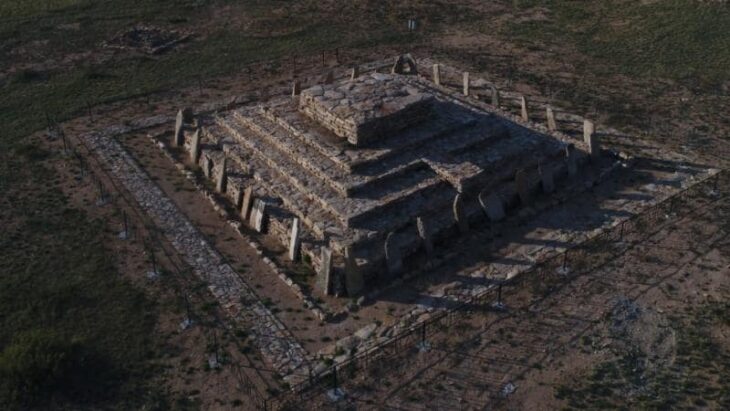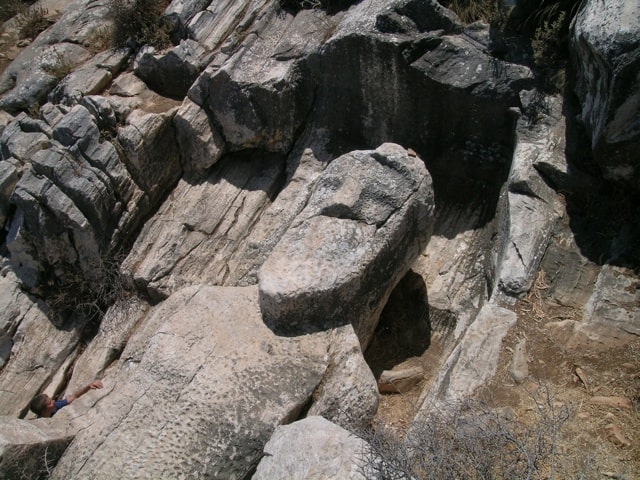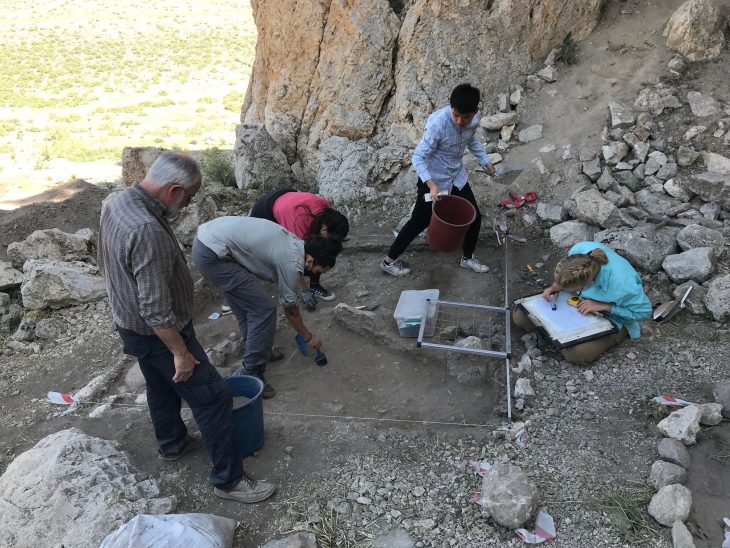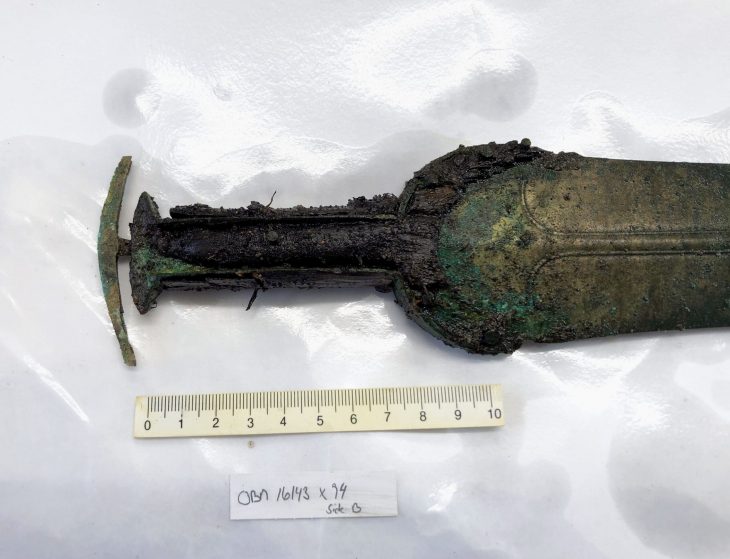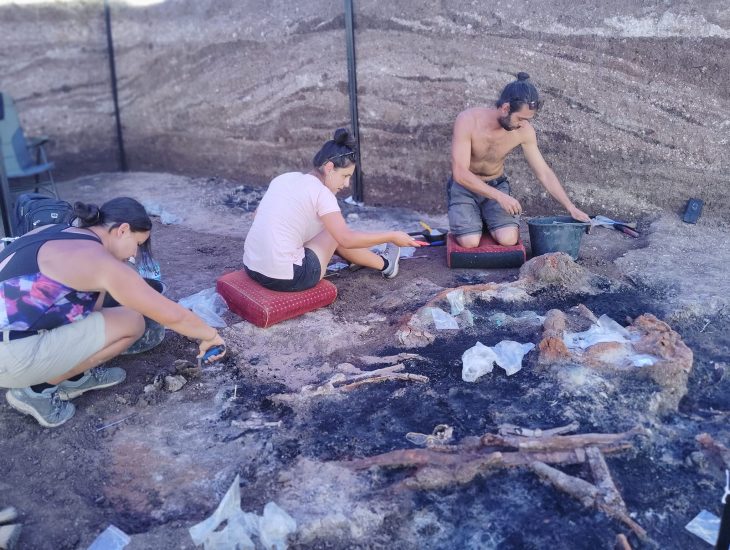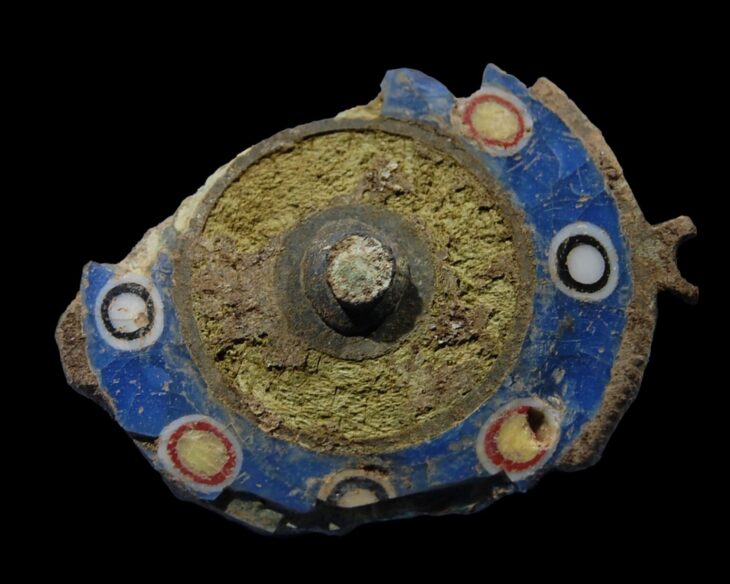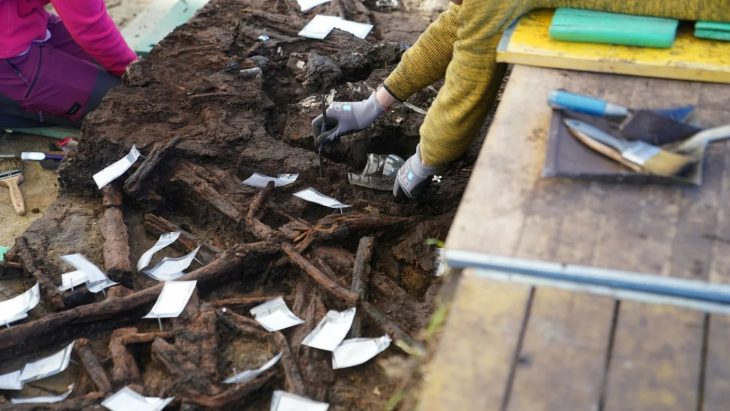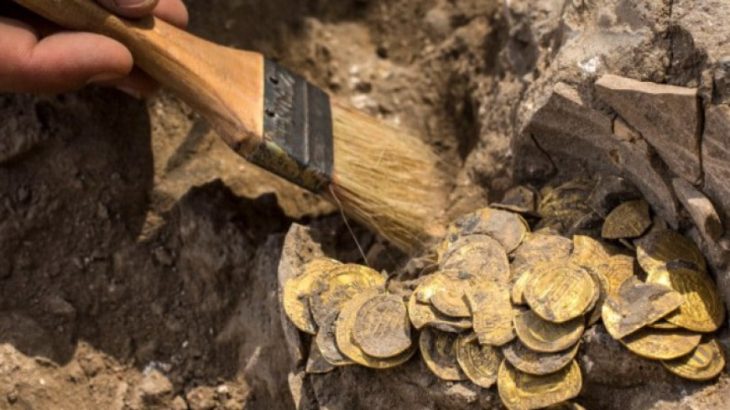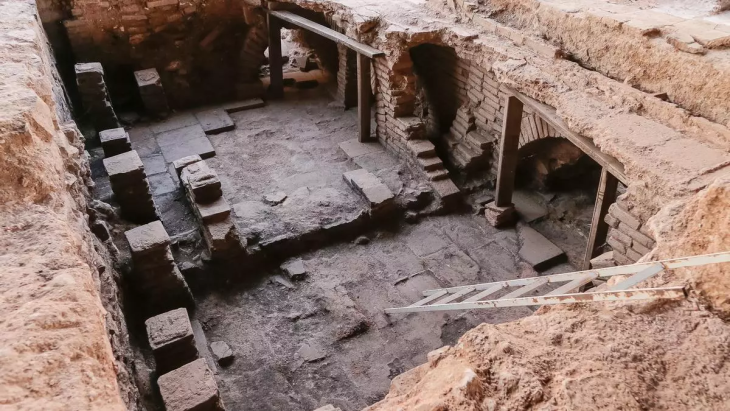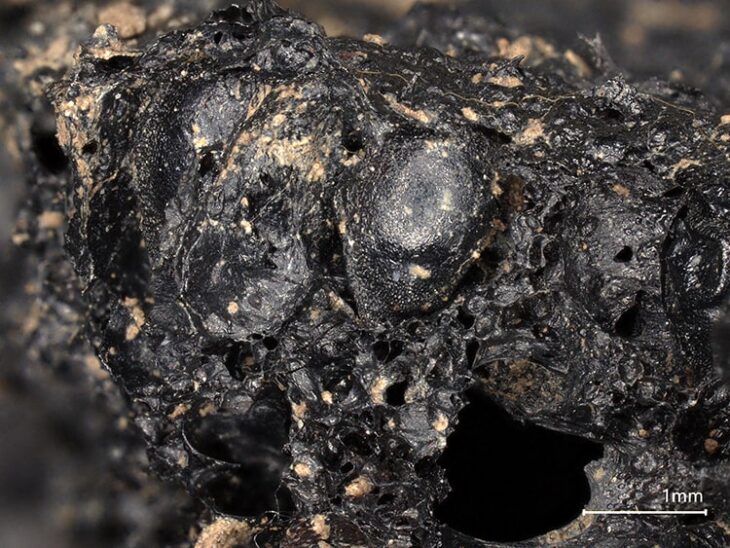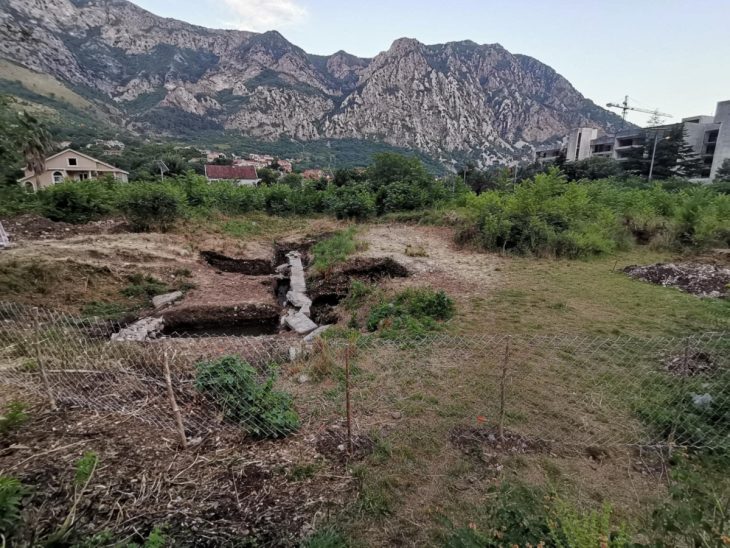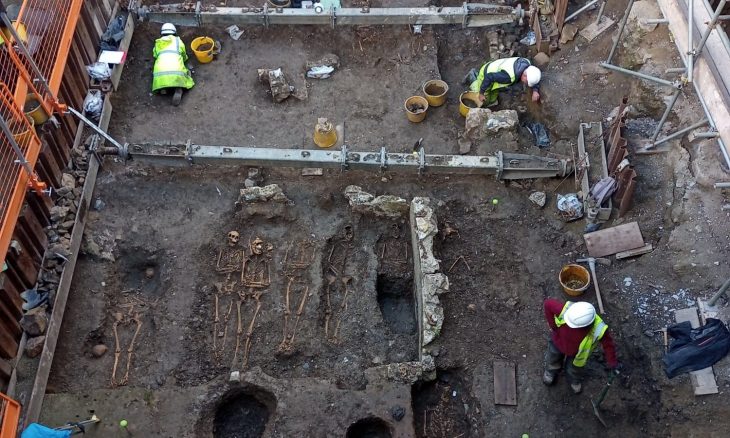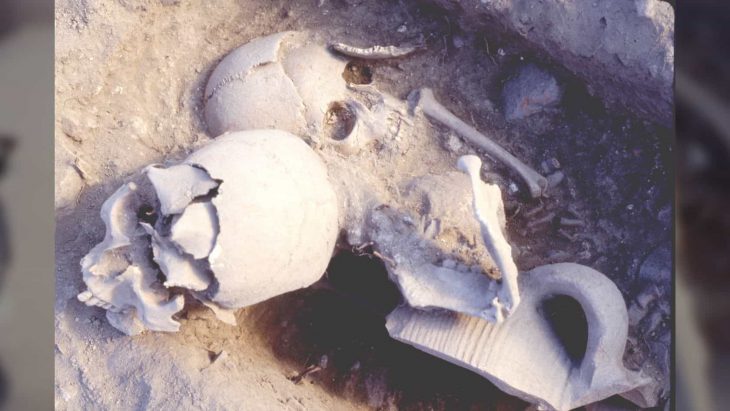Archaeologists have uncovered a luxurious Roman home between Rome’s Palatine Hill and the Roman Forum, boasting an “unparalleled” mosaic featuring shells, marble, and precious glass.
The discovery was unveiled by the Italian Culture Ministry on Tuesday. Officials said that the ancient structure, which dates to the late Republican age, was built in at least three phases between the second half of the second century BC and the end of the first century BC.
The Domus is located in the area of the so-called Horrea Agrippiana warehouse complex along the Vicus Tuscus, a trading street that linked the Roman Forum to the river port on the Tiber.
Distributed around an atrium/garden, the domus features the specus aestivus as its main room, a banquet hall imitating a cave used during the summer season. Originally, it was adorned with spectacular water displays through lead pipes embedded in decorated walls.
What makes this discovery unique is the discovery of an extraordinary mosaic wall covering called “rustic” in this room, which is unparalleled due to the complexity of the depicted scenes and chronology.
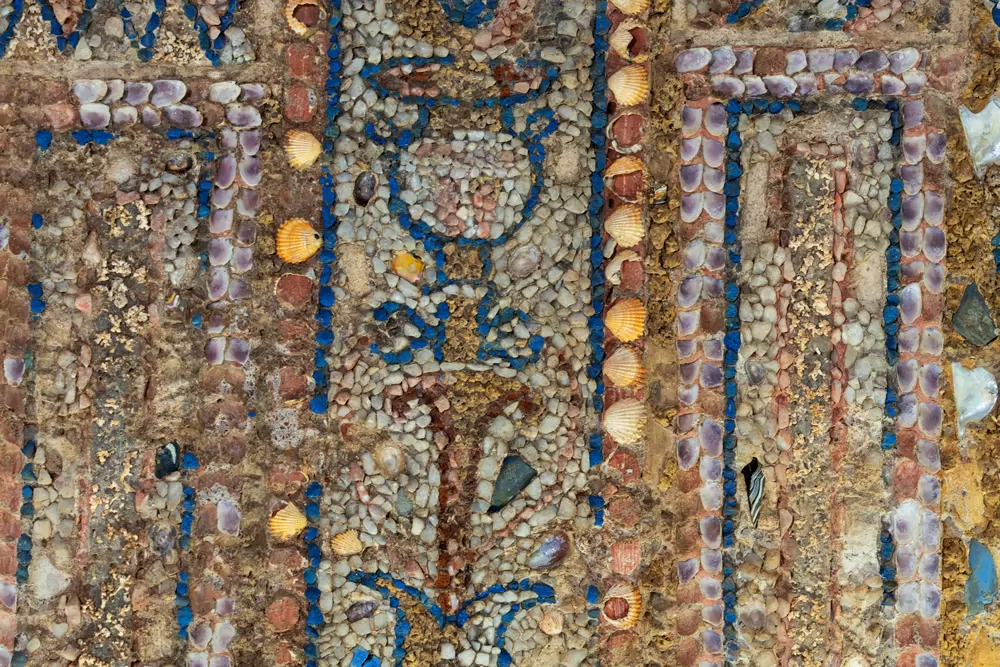
The mosaic, crafted with sea-shells, Egyptian blue tesserae, precious glass, marble fragments, and colored stones, suggests the domus owner was a high-status nobleman or soldier, reports The Heritage Daily.
Three large ships ride waves in the mosaic towards a coastal city, its walls dotted with small towers and porticoes in a scene suggesting the owner of the more than 2,000-year-old home, or domus, had been victorious in battle.
The four niches, which are separated by pilaster strips and embellished with vases that sprout vines and lotus leaves, depict stacks of weapons with Celtic trumpet horns (carnyx), ship prows with tridents, and helmets with triremes, perhaps hint at the domus owner’s dual victory—both at sea and on land.
Alfonsina Russo, director of the Colosseum Archaeological Park, said the excavations will conclude early next year, adding: “We will work intensely to make this place, among the most evocative of ancient Rome, accessible to the public as soon as possible.”
Archaeologists also discovered “of the highest quality” white stucco carvings in an adjacent reception room, featuring detailed architectural renderings and vague “figures.”
The discoveries are the culmination of a lengthy excavation set to conclude in early 2024. Alfonsina Russo, head of the Colosseum Archaeological Park, the body that oversees many of ancient Rome’s key monuments, said that authorities would “work intensively to make this place, one of the most evocative in ancient Rome, accessible to the public as soon as possible.”
Reiterating Russo’s commitment, the ministry noted that the domus will join an expanding series of “new and diversified visitor routes opened in recent years that make up the varied cultural offerings of the Colosseum Archaeological Park.”
Cover Photo: Ministry of Culture handout

